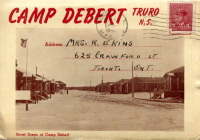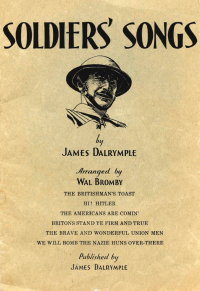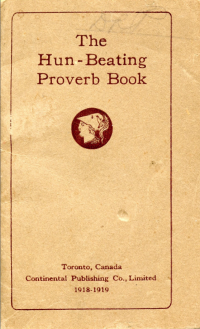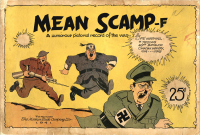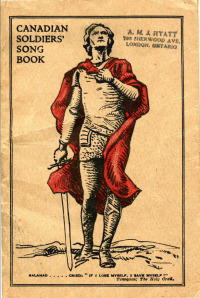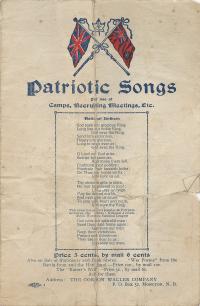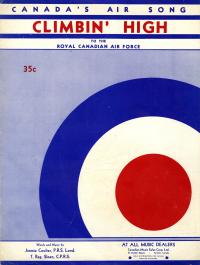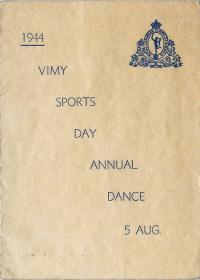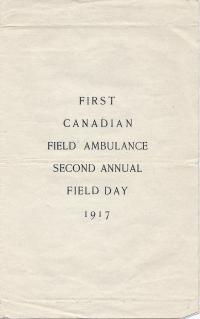Relaxing
Postcards from Camp Debert, Truro, Nova Scotia
Postcards were a routine way of corresponding quickly with family and friends in the age before e-mail. This rare collection shows Canadian infantry training and recreating at Camp Debert in Nova Scotia, ca. 1942.
Soldiers' Songs
This collection of songs for soldiers includes words and accompaniment.
The Hun-Beating Proverb Book
"Containing Many Proverbs that Point to the Destruction of Arrogance, Tyranny, Villainy, Vice and the Monstrous Militarism of which Germany has been Guilty."
Mean Scamp-f: A Humorous Pictorial Record of the War
This collection of comic strips by Harry Hall, a soldier of WWI, provides a humorous depiction of the war so far and mercilessly mocks enemy leaders.
Canadian Soldiers' Song Book
This collection of soldier's songs from the Y.M.C.A. provides the words for national anthems, local songs of regions from Scotland to Hawaii, and religious songs.
Patriotic Songs
A typical combination of song sheet and recruiting pamphlet, this leaflet included traditional anthems and hymns for which new lyrics had been written.
Recycling, Great War style
With the Canadians pulling out of Britain after the First World War, there was a need to use up resources - so, this card for a March 1919 dance at the 3rd Canadian Reserve Battalion was printed on the back of a January 1918 leave permit issued to Toronto soldier Charles Kinsey.
To the RCAF
The romance of flying was the central theme of this 1940 composition that was billed as "Canada's Air Song."
Sports and dancing for Vimy
Recreation was essential to the smooth running of a military base, so the Royal Canadian Corps of Signals, stationed at Vimy Barracks in Kingston, Ontario, organized a sports day and dance every year.
Sports at the front
After an afternoon of competition, from running races to horseback wrestling, the men of the 1st Canadian Field Ambulance were treated to a concert put on by the comedy troupe of Princess Patricia's Canadian Light Infantry.

